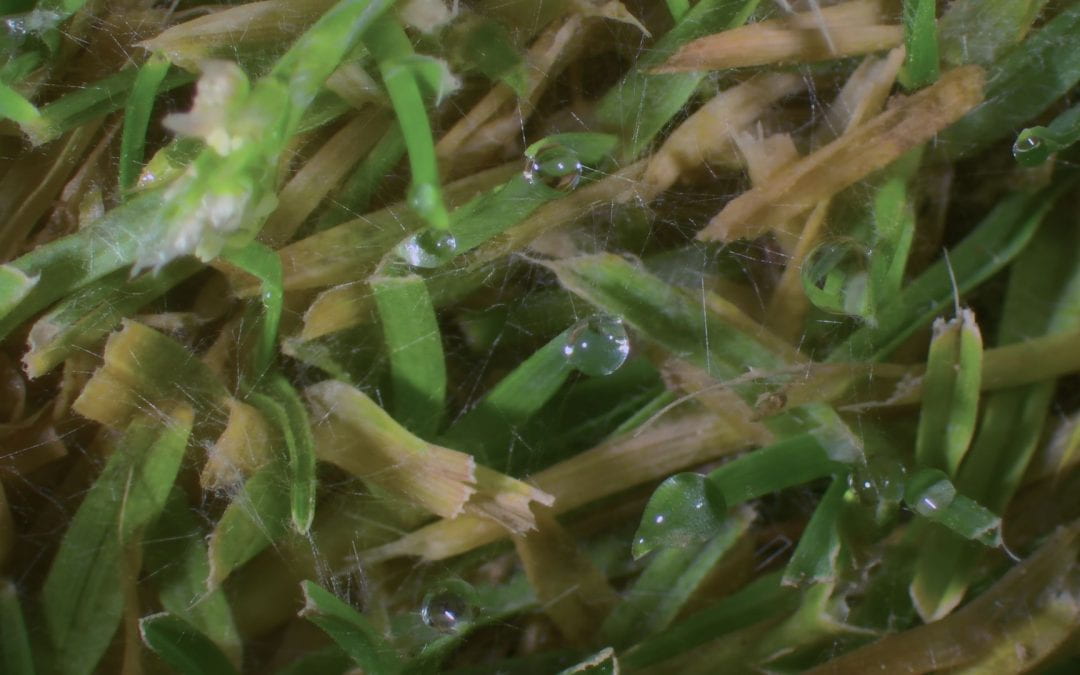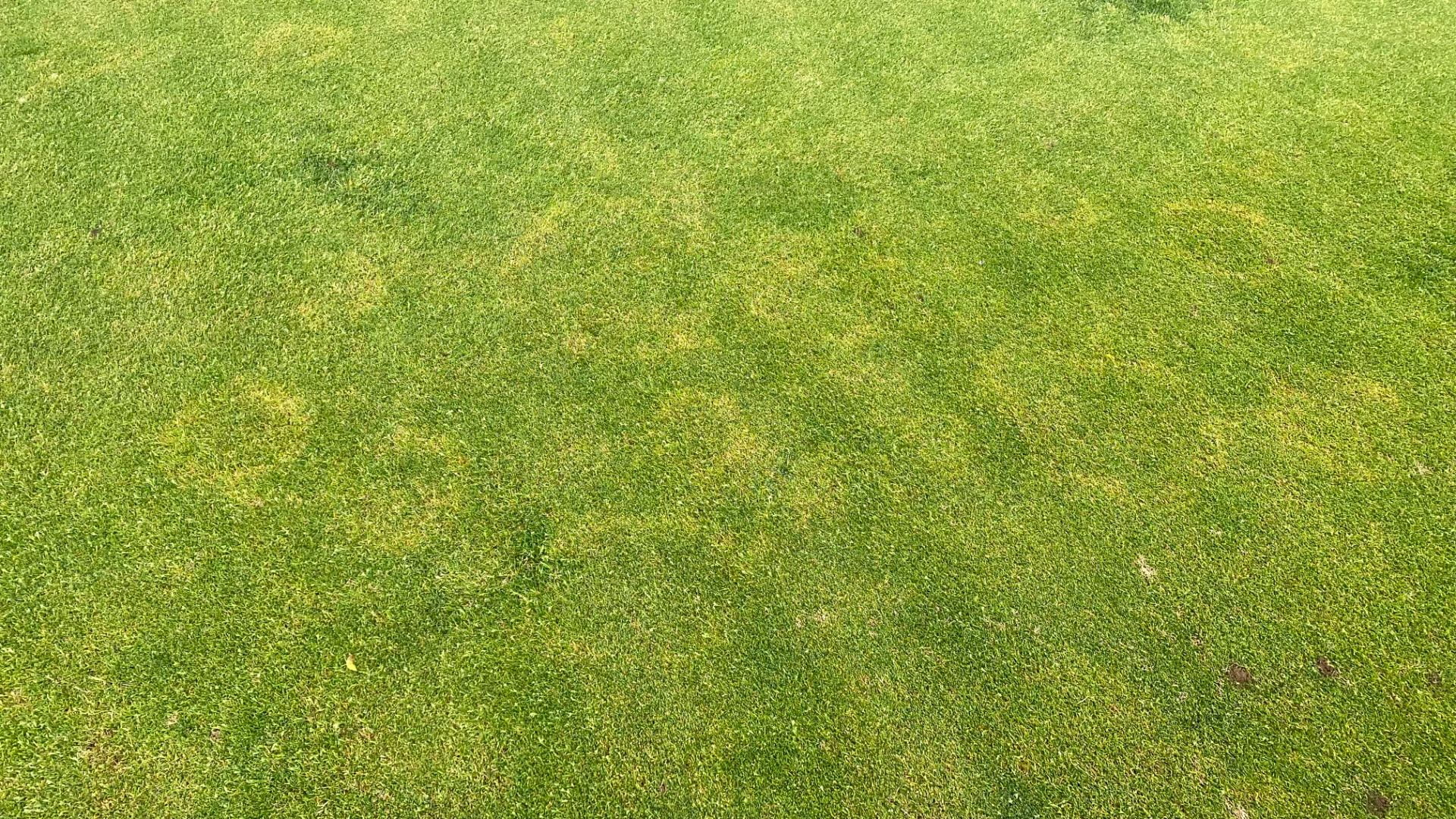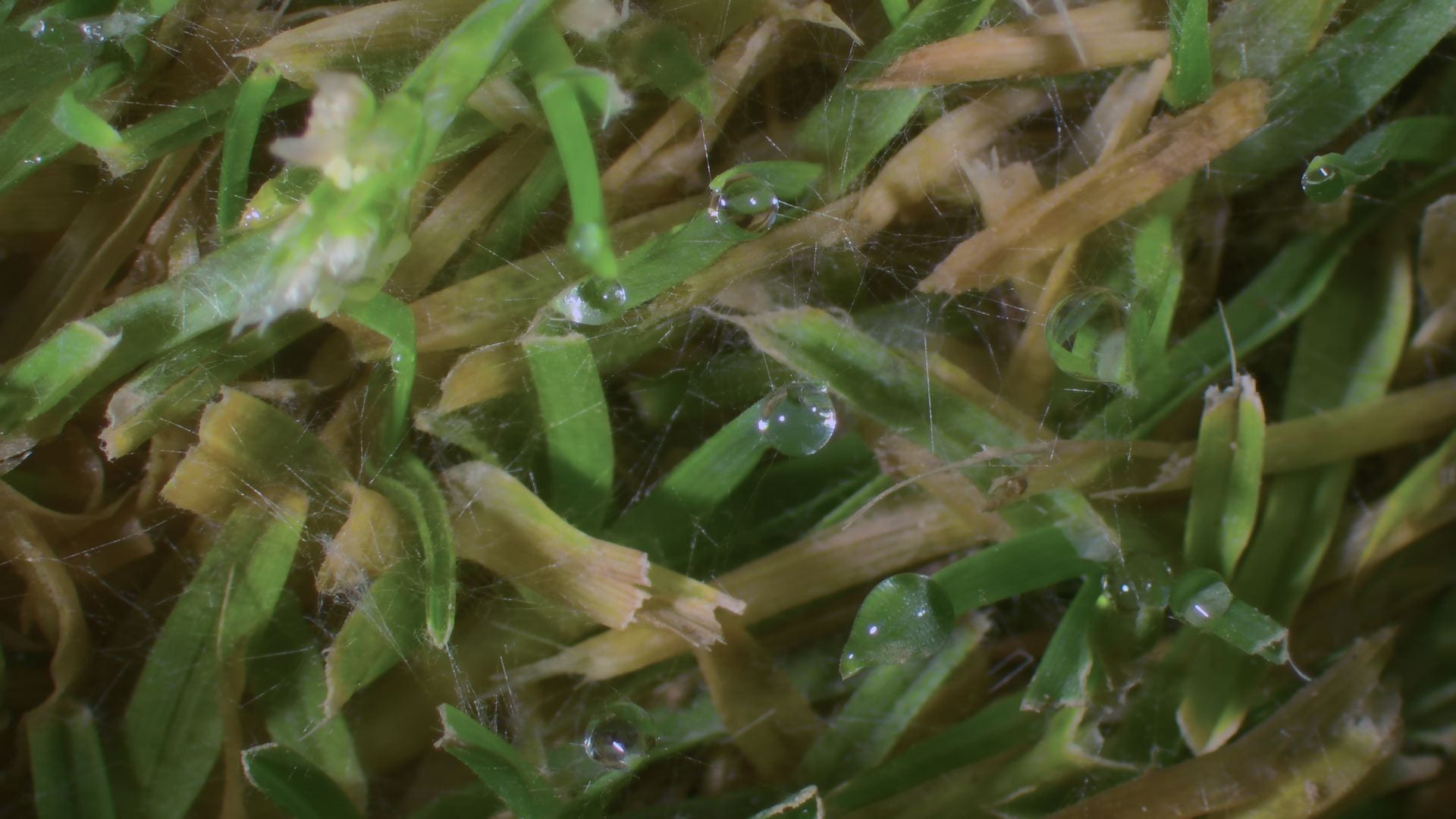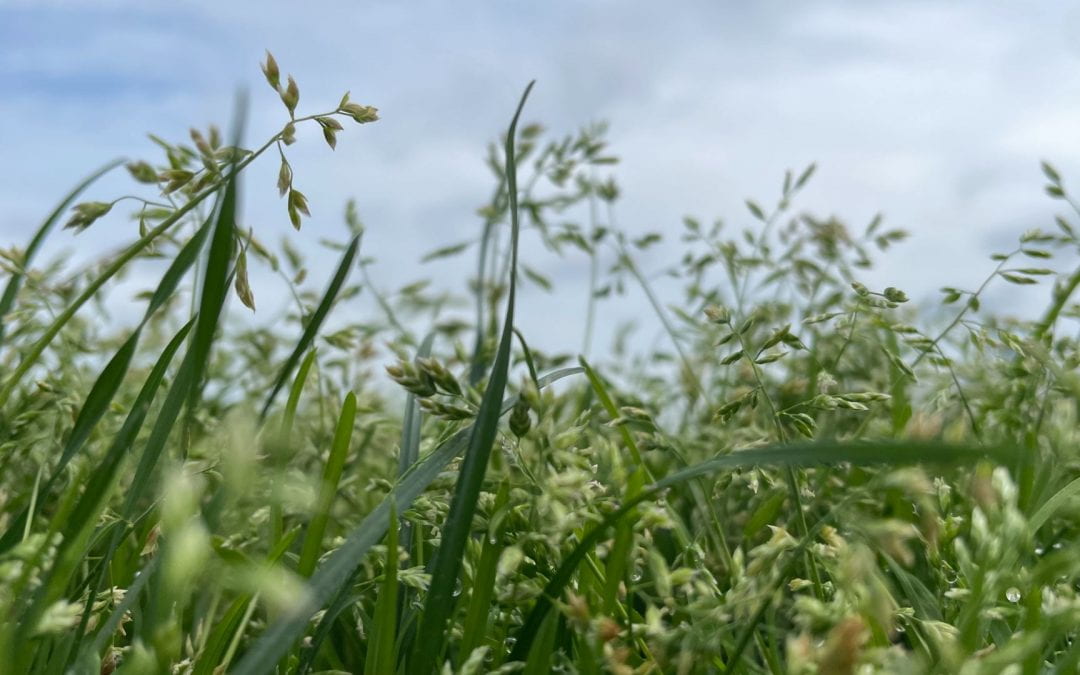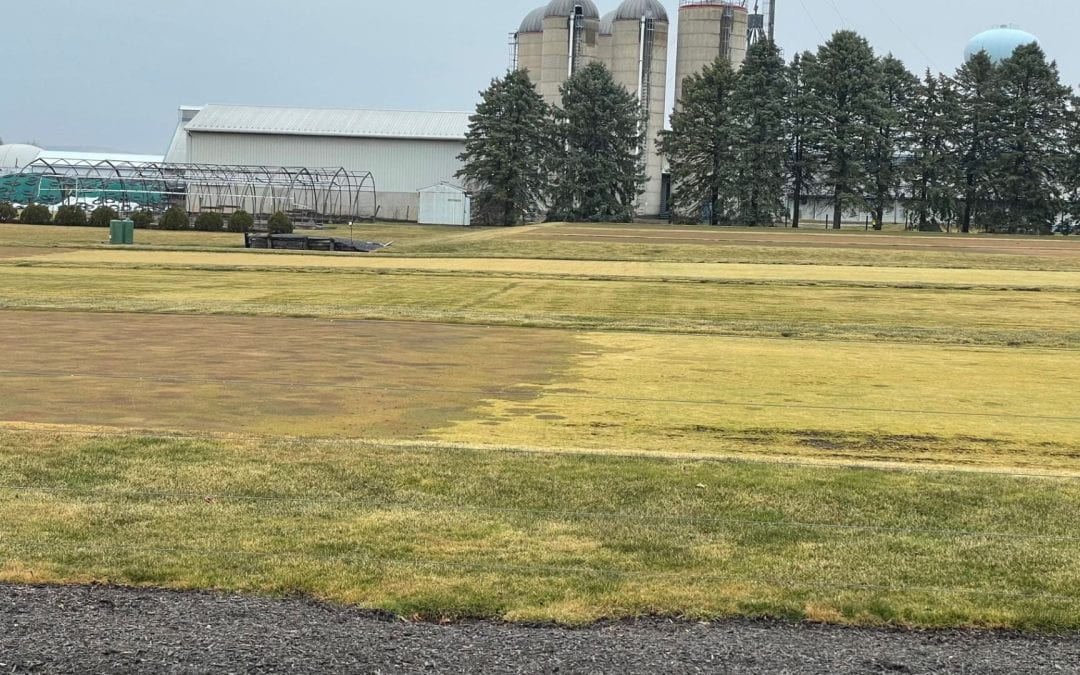
Spring is just around the corner
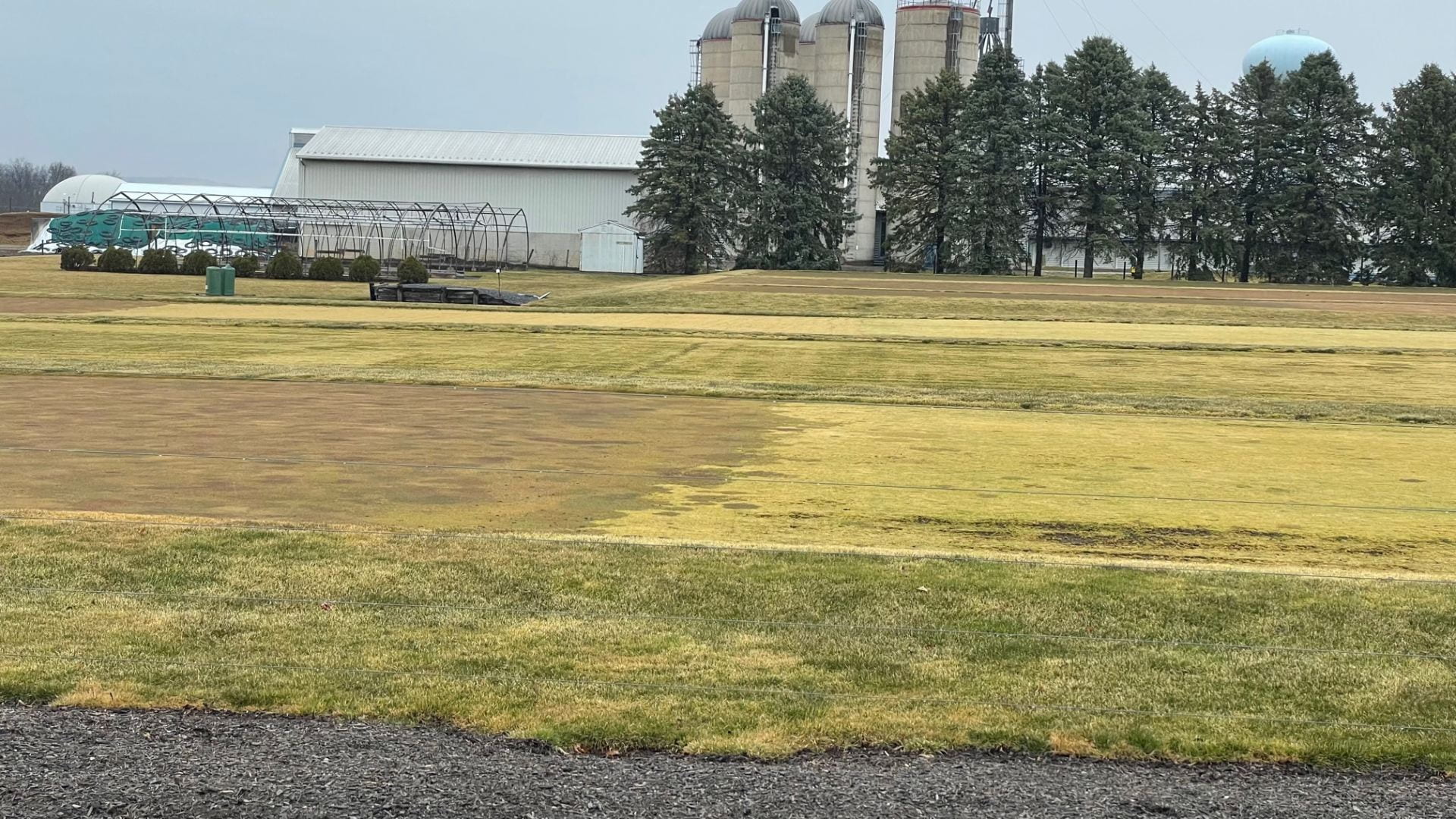
Spring Awakening: Golf Course Season Kicks Off with Turf Pest Diagnostic Focus
As the sun peeks out from the cloudy winter skies and the temperature rises, golf enthusiasts eagerly anticipate the start of the golf course season. While the players are honing their swings and preparing their equipment, turf managers are also gearing up for a busy season ahead. A key aspect of managing golf course greens is turf pest diagnostics, with the primary focus on keeping the grass healthy and pristine. In State College, PA, we are hitting the perfect timing for controlling annual bluegrass seedheads.
Turfgrass Waking Up
The transition from winter to spring marks a significant change in the life cycle of turfgrass. As temperatures rise and daylight hours increase, the grass begins to break dormancy and enters a period of active growth. This is a critical time for turf managers, as they must carefully monitor the health and vigor of the turf and address any issues that may arise. For those managing bentgrass greens, this is the time when anthocyanin build up in patches can sometime mimic disease activity. These patches will disappear as the turf starts to grow.
Annual Bluegrass Seedhead Control
Annual bluegrass, also known as Poa annua, is a common turfgrass species found on many golf courses. Although it can provide a playable surface, it is not the most desirable grass for golf courses due to its propensity to produce seedheads, which can affect ball roll and overall playability.
As we enter the prime seedhead production period in State College, PA, it’s essential for turf managers to focus on implementing effective control measures. This is usually done by applying plant growth regulators (PGRs) that suppress seedhead formation and reduce the overall Poa annua seed bank on the greens.
Timing Is Everything
Applying PGRs at the optimal time is crucial for effective seedhead control. The ideal window for application is when the turfgrass is just beginning to break dormancy and before the seedheads start to emerge. To determine the best time to apply PGRs, turf managers can monitor growing degree days (GDDs), which is a measurement of accumulated heat units. The target GDD range for effective PGR application is typically between 200-500 GDDs, depending on the product being used. At Penn State we hit 200 GDDs this week and seedhead treatments have gone out.
Best Practices for PGR Application
- Choose the right PGR: Select a product specifically designed for annual bluegrass seedhead control, such as mefluidide (if you still have any) or combinations of ethephon + trinexapac-ethyl or prohexadione calcium.
- Follow label instructions: Read and adhere to the recommended application rates and guidelines provided by the manufacturer.
- Monitor weather conditions: PGRs are most effective when applied under mild temperatures and adequate soil moisture. Avoid applying during extreme weather conditions, such as heavy rain or drought.
- Keep an eye on GDDs: Monitor GDDs to help determine the most effective window for PGR application.
- Record your results: Keep a log of your PGR applications, including the date, product, rate, and weather conditions. This will help you refine your approach in future seasons.
Conclusion
The start of the golf course season is an exciting time for both players and turf managers. As the turfgrass wakes up and begins to grow, it’s crucial to stay vigilant and address any potential pest issues promptly. Also note that turfgrass in our area isn’t going to really move until some warmer temps make their way here. Despite The Masters being on TV soon, remind your members that we don’t live in Georgia!

